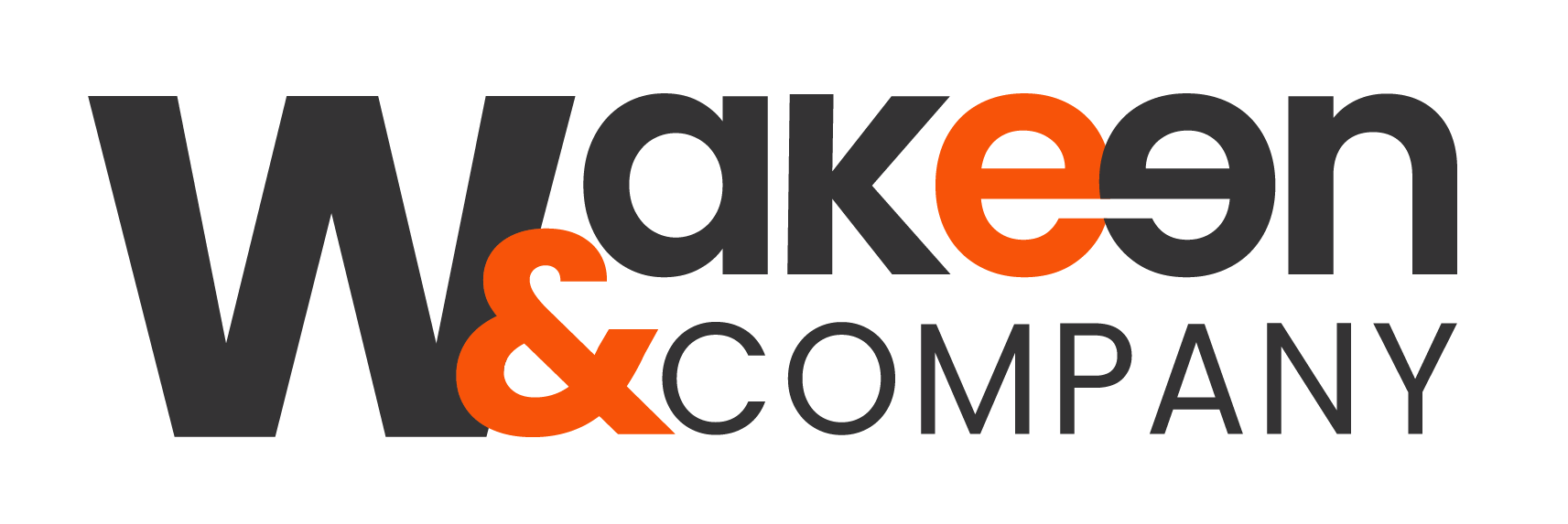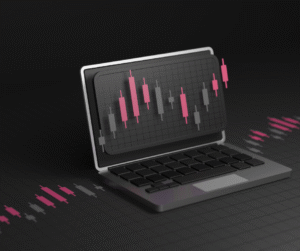If you think of print advertising when you think of Publisher Direct, it’s time to redefine the publishing universe and what it means to advertisers.
Yes, publisher direct still includes newspapers, magazines, and trade journals. However, it also means access to direct websites, online networks, native content, and eNewsletter deployments that help advertisers reach their target audience effectively through trusted, brand-safe delivery. Here are five benefits of having Publisher Direct placements as part of your marketing mix.
Niche Audiences
Not all impressions are created equal. Putting the most impactful message in front of the appropriate audience is crucial when building targeting parameters. Audiences can be selected using geographic, demographic, contextual, and behavioral targeting. There is flexibility to run multiple messages catered to match unique audiences and serve them the most relevant products or offerings. Niche placements such as trade journals, multicultural, business journals, and high-end lifestyle publications are available to further fine-tune towards a qualified target reader.
Direct to Subscribers
Readers have subscribed to publications, welcoming them into their homes or inbox. Therefore, publisher direct placements do not disrupt their natural media consumption habits. When placing an ad in trade journals or lifestyle publications, you are reaching an audience that is already aligned with your brand, so you can provide information, solutions, and calls-to-action that resonate at a higher level. Ads appear in context around content relevant to the consumer and, in turn, earn their trust. Amongst traditional advertising, print is the most trusted at 82%.
Print & Digital Placements
Publisher direct placements have both print and digital executions. As many publications have shifted to delivering their content both in print and online, the options for ad placements have vastly expanded. As these recognizable and already trusted content providers are reaching their audience in new ways, there is a greater trust placed on the brands advertising with these platforms. The world of what was traditionally considered print has expanded to support a more diverse marketing mix, executed across a network of publishers. Choose between various tactics, including standard banners, high-impact, video, eNewsletters, or custom content.
Longer Shelf-Life & Higher-Recall
For an ad to be effective and drive action, it needs to be memorable. Print placements have an average lifespan of 17 days compared to social media and email, which span 1.5 hours. Sponsored content can cut through the media clutter that overwhelms us daily by appearing as advertorials and long-form brand pieces used as a storytelling medium. Likewise, native ads are a way to promote your products or services but can be less disruptive as they seamlessly integrate with the content provider’s existing layout and design.
Reporting
Measurement options depend upon the tactic deployed and the goal of the campaign. Request statistics from the content provider on monthly page views, unique visitors, and total impressions per ad unit as a barometer for the audience makeup. As a starting point, you should compare stats for total impressions served, click-through rate (CTR), and click-through percentage. Completed views and completed view percentages are weighted when using video assets. Apply a UTM code to each creative to have visibility into a clearly defined attribution when matching against their site analytics. On printed pieces, incorporate a QR code into the design leading the audience to an appropriate landing page. Furthermore, pixels can be applied to the site to track conversions more accurately.
As you can see publisher direct placements present a multitude of options and combinations that may still include traditional print but will likely take you well beyond the pages of the Sunday Edition!




